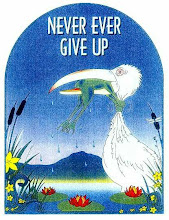 Fall is almost upon us here. The dogs are faring quite well as are we. This summer has been rather hectic, but then it has been a good spring and summer. Tomorrow it is time to finish processing the corn from the garden. Soon as well time to get the birdfeeders ready.
Fall is almost upon us here. The dogs are faring quite well as are we. This summer has been rather hectic, but then it has been a good spring and summer. Tomorrow it is time to finish processing the corn from the garden. Soon as well time to get the birdfeeders ready.A new PC for me as well… time to learn the nuisances of Vista …
~~~~~~~~~~~~~~
Soon perchance time to Blog a bit more on a regular basis…
~~~~~~~~~~~~
The name Aster comes from the Ancient Greek word astron, meaning "star", arriving through the Latin word astrum with the same meaning, referring to the shape of the flower head. Many species and a variety of hybrids and varieties are popular as garden plants because of their attractive and colorful flowers.
~~~~~~~~~
"Wild Asters"
By: Sara Teasdale
In the spring I asked the daisies
If his words were true,
And the clever little daisies
Always knew.
Now the fields are brown and barren,
Bitter autumn blows,
And of all the stupid asters
Not one knows.
~~
Annual varieties of Asters require the same basic care, but should not be planted in the same spot the following year, to prevent plant diseases such as Aster wilt. Sow seeds directly into the garden in early spring, when all frost danger has passed. Barely cover the seeds with 1/8 inch of fine soil. Thin the young plants to 12 to 15 inches apart when they are three inches tall. Successive plantings will ensure a longer blooming season. Promptly remove any spent flowers to help ensure blooming throughout the summer.
~~~~~~~
~~
Calendar of Monthly Gardening Tasks etc…


No comments:
Post a Comment